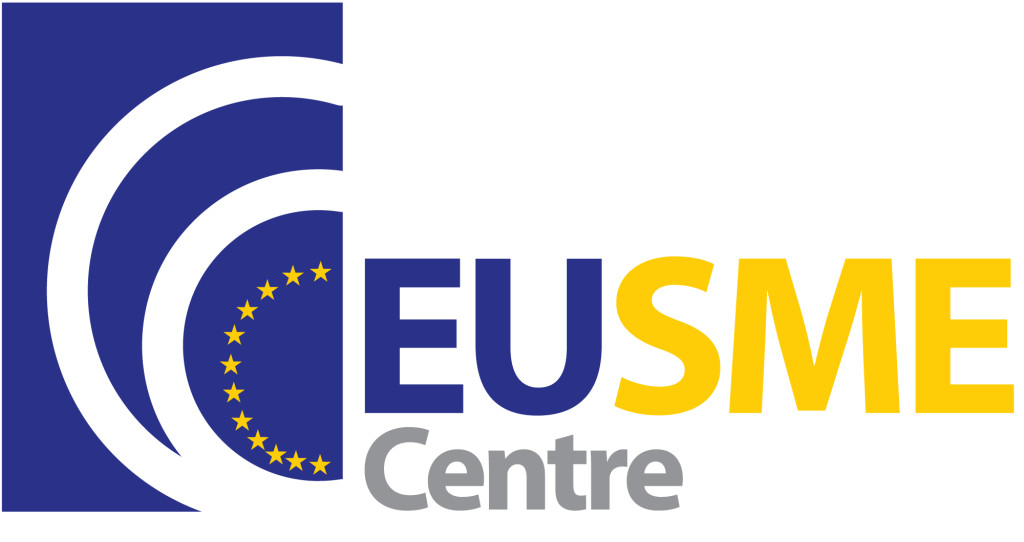There have been many changes in the Chinese economy over the past decade. After double digit annual gross domestic product (GDP) growth in the years following China’s accession to the World Trade Organisation in late 2001, 2014 is expected to be a more modest 7.4 per cent. Implied in the drop is the need for the Chinese economy to move away from export-led manufacturing, which has limitations on adding value to the economy and which is adding to China’s environmental woes. The economy needs to move toward a more sustainable model based on consumption and services, and toward greater productivity.
According to the EU SME Centre, this is good news for European SMEs – with technologies, products and services, they will have the opportunity to play a part in China’s economic transformation and restructuring, be it in China’s strategic emerging industries, in innovation-led growth or in China’s need to develop more productive and skilful workers. Following the launch of Phase II of the project, the EU SME Centre will continue provide assistance to European SMEs in China for the next four years.
From research carried out by the EU SME Centre in Beijing, significant opportunities have been identified in a wide array of market sectors. The information and communications technology (ICT) industry, for example, was considered a national priority and therefore strongly supported in 12th Five-Year Plan. It presents good prospects for European SMEs, especially in high-value niches such as mobile app development; information technology consultancy and outsourcing for financial and healthcare institutions seeking to upgrade their systems; and data integration and quality software, a segment that has shown recent growth rates of around 32 per cent.
Similarly, in the food and beverage sector, SMEs can leverage the quality of their products to capitalise on the growing propensity for spending by the new, more health-savvy, Chinese consumer. Not to mention the burgeoning Internet and mobile commerce markets, whose contribution to GDP has already reached 5.5 per cent and is set to continue growing for the foreseeable future. Healthcare is offering good opportunities to EU SMEs, too, on account of China’s ageing population and the authorities’ focus on social welfare.
It is not only a question of ‘what’ but also ‘where’. China’s second- and third-tier cities, and the inland areas in general, have been the target of specific policies by the national and local authorities since the early 2000s, aimed at reducing economic imbalances and closing the wealth gap between the coastal and inland areas. Heavy investments in infrastructure and social safety have resulted in sustained growth rates and enhanced cross-regional market integration. As a result an expanding middle class has emerged, which, together with local governments’ eagerness for foreign direct investment (FDI), makes second- and third-tier cities appealing business prospects for EU SMEs.
New and remaining challenges
While the opportunities are significant, so too are the challenges.
From the many business consultations that the EU SME Centre has provided, the primary challenges faced by European SMEs have evolved over time. In addition to regulation and market access barriers, and macroeconomic changes, HR issues and competition in the Chinese market have become more prominent in recent years.
Based on surveys conducted by different chambers of commerce in China, the table below summaries the top challenges in the Chinese market identified by European companies.
| EU SME Centre Business Service Survey 2014 | EU Chamber of Commerce in China Business Confidence Survey 2014 | German Chamber (AHK)Business Confidence Survey 2013 | French Chamber (CCIFC)Business Climate Survey 2013 | China-Britain Business Council (CBBC)Business Climate Survey 2012 |
| Language and culture | Chinese economic slowdown | Rising labour costs | Chinese economic slowdown | Labour shortages |
| Attracting and retaining talent | Rising labour costs | Finding qualified staff | Rising labour costs | Bureaucracy |
| Market access barriers | Attracting and retaining talent | Retaining qualified staff | Skill staff shortage | Increased Chinese competition |
| Ambiguous rules and regulations | Market access barriers | Bureaucracy | Delinquent payments from customers | Increased Chinese protectionism |
| Financing | Ambiguous rules and regulations | Corruption | Global economic slowdown | Rising labour costs |
HR issues: China’s reputation for unlimited, cheap labour is rapidly becoming a thing of the past with more and more SMEs identifying rising labour costs as a major challenge. Finding, attracting, training and retaining staff is also expected to become even more difficult in the next few years as costs for local staff continue to rise. Also cited as a major challenge is the difficulty of attracting foreign experts to China – difficulties in obtaining visas, the rising cost of living and issues related to high pollution are all deterring expatriates from coming to China.
Increasing competition: It has also been recognised that competition in the Chinese market is getting stronger, with the growth of domestic Chinese companies and an increasing number of international businesses. Domestic competitors have the advantage of being able to gain a deeper understanding of local customer behaviour, establish closer government relationships and can often adapt more quickly to the market and regulation changes than European SMEs.
Regulation and market access barriers: Bureaucracy has remained a constant challenge over the years and few companies report significant improvements. As the Chinese market has become more and more competitive, barriers to market access are increasingly noticeable to SMEs looking for new opportunities. Lack of transparency and ambiguous rules and regulations are also reported to be major challenges.
Macroeconomic changes: As China makes the transition to an economy more driven by internal demand, the legacy of the export-driven model, paired with the global economic slow-down, has been felt in China’s slowing economic growth. The double digit growth rate of the 2000s is now accepted as a thing of the past as Chinese leaders are preparing for the ‘new normal’.
A new era of help: EU SME Centre phase II
To continue being successful in the Chinese market European SMEs will need more support, particularly in the areas that present the biggest challenges, such as market access and HR management.
The EU SME Centre in Beijing recently launched its second phase, running from 2014 to 2018, during which it will reassess the primary needs of European SMEs and will add new services to help them deal with more complex business issues.
At the Centre’s Phase II launch event in Beijing, Director Chris Cheung introduced the project’s new structure to stakeholders and partners, and unveiled three core service centres—the Knowledge Centre, the Advice Centre and the Training Centre—which will deliver more in-depth business support and technical solutions to EU SMEs allowing them to make more informed business decisions.
Advocacy for SMEs: giving a voice to small businesses
In collaboration with the European Chamber of Commerce in China, the EU SME Centre is also launching an advocacy platform for European SMEs. Companies will have the opportunity to join a new inter-chamber SME Working Group to share their business challenges and voice common concerns to EU and China policy-makers on improving the trade and investment environment. Meetings will address practical business issues to ensure that SMEs are given the right channels to provide feedback in their industry sectors.
——————————————–
About the EU SME Centre Phase II
 The EU SME Centre officially launched its second phase at the EU Delegation in Beijing on 26th November, 2014, having secured funding from the European Union for another four years. The Centre’s second phase is implemented by six partners – the China-Britain Business Council, the European Union Chamber of Commerce in China, the French Chamber of Commerce in China, the China-Italy Chamber of Commerce, the Benelux Chamber of Commerce and EUROCHAMBRES. To learn more about the services that will be available in the new phase, contact the Centre at info@eusmecentre.org.cn or visit www.eusmecentre.org.cn.
The EU SME Centre officially launched its second phase at the EU Delegation in Beijing on 26th November, 2014, having secured funding from the European Union for another four years. The Centre’s second phase is implemented by six partners – the China-Britain Business Council, the European Union Chamber of Commerce in China, the French Chamber of Commerce in China, the China-Italy Chamber of Commerce, the Benelux Chamber of Commerce and EUROCHAMBRES. To learn more about the services that will be available in the new phase, contact the Centre at info@eusmecentre.org.cn or visit www.eusmecentre.org.cn.




Recent Comments